
Vision expert David Williams receives Beckman-Argyros Award
David Williams, widely regarded as one of the world’s leading experts on human vision, received the $500,000 prize for his transformative breakthroughs in vision research and adaptive optics.
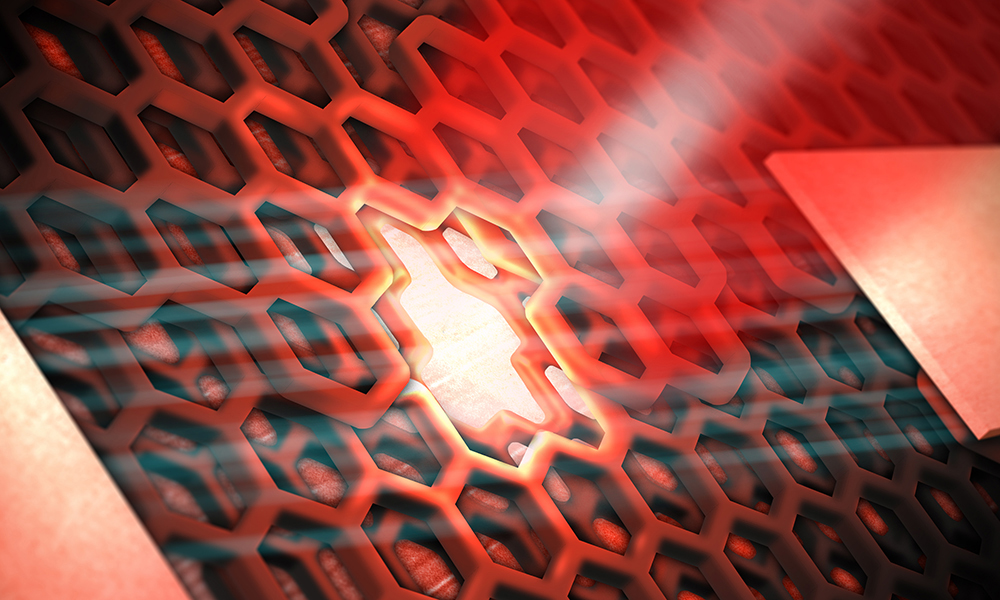
Defects in atomically thin semiconductor emit single photons
Until now, optically active quantum dots have not been observed in materials consisting of a single layer of atom, also known as 2D materials. Rochester researchers have shown how the 2D material tungsten diselenide can be fashioned into an atomically thin semiconductor that serves as a platform for solid-state quantum dots.
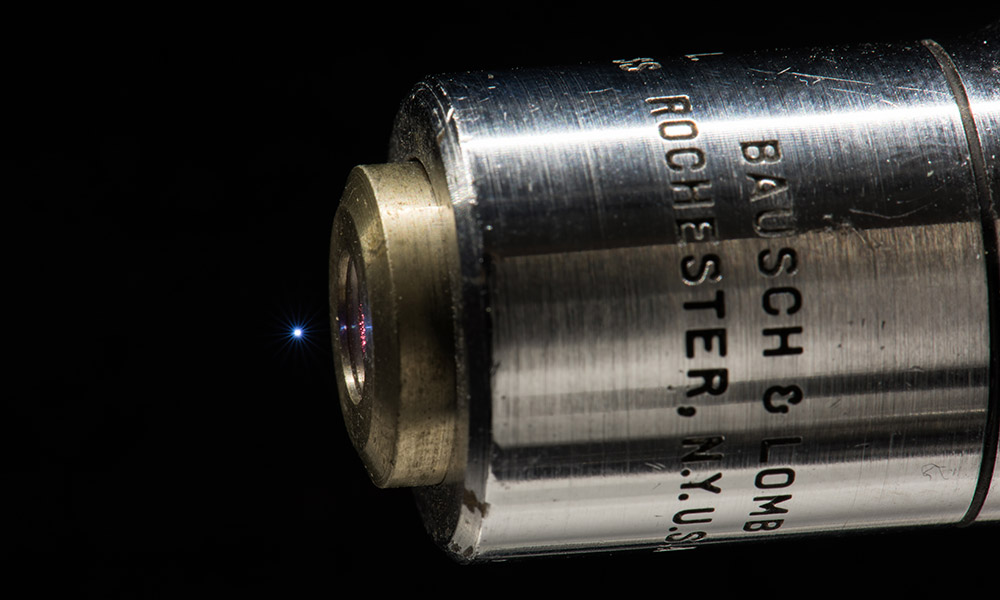
Generating broadband terahertz radiation from a microplasma in air
Researchers in the Institute of Optics have shown that a microplasma created by focusing intense laser pulses in air emits not only visible light, but also electromagnetic pulses at terahertz frequencies that can be used to detect complex molecules, such as explosives and drugs.
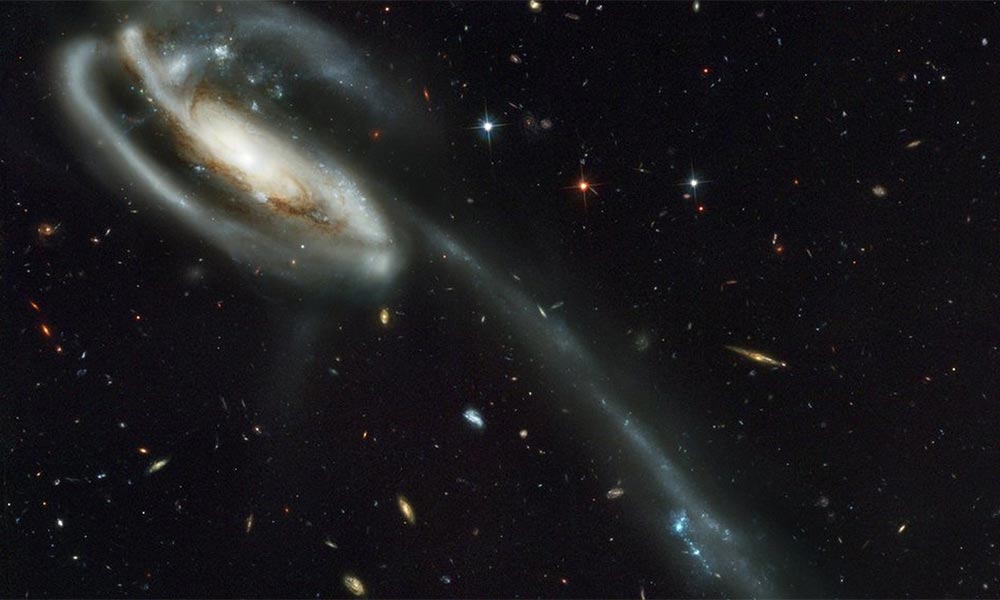
25 years later: Fixing the Hubble Space Telescope
Twenty-five years ago today, the Hubble Space Telescope was launched. The images it has been sending back to Earth for all these years have become iconic, and yet it came very close to being a billion dollar failure. One of the heroes who rescued Hubble from ruin and made it a great science success story is Rochester optics professor Duncan Moore.
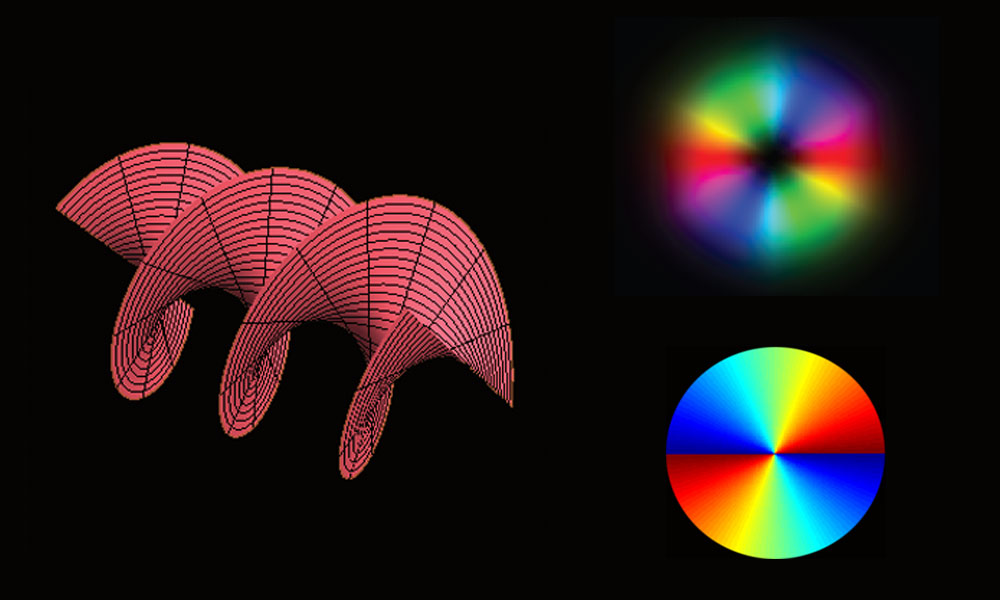
New approach uses “twisted light” to increase the efficiency of quantum cryptography systems
Rochester researchers and their collaborators have developed a way to transfer 2.05 bits per photon by using “twisted light.” The new approach doubles the 1 bit per photon that is possible with current systems that rely on light polarization and could help increase the efficiency of quantum cryptography systems.
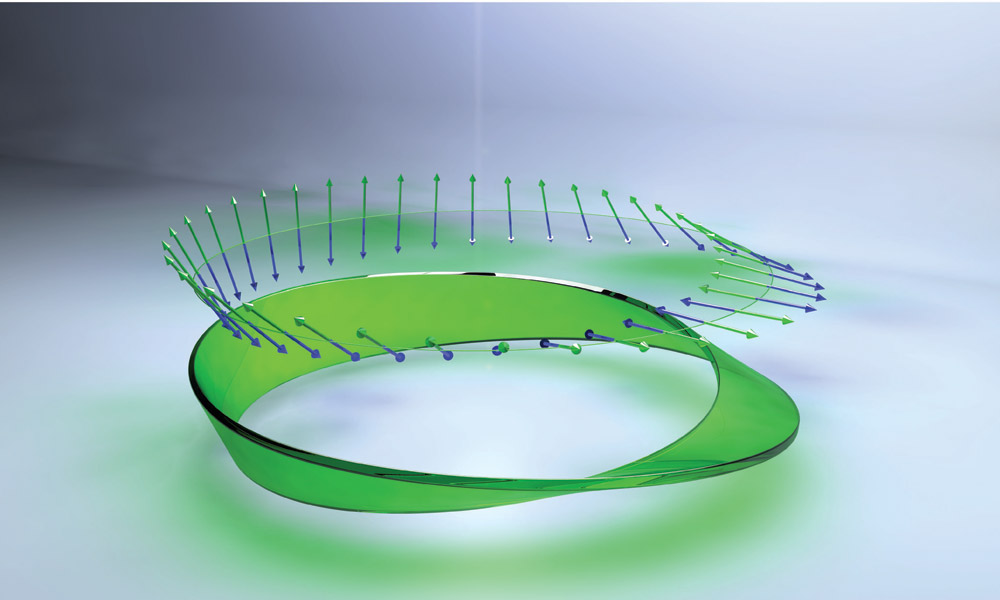
Generating Möbius strips of light
A collaboration between researchers from Canada, Europe, and Rochester has experimentally produced Möbius strips from the polarization of light, confirming a theoretical prediction that it is possible for light’s electromagnetic field to assume this peculiar shape.

Laser-generated surface structures create extremely water-repellent metals
Scientists at the Institute of Optics have used lasers to transform metals into extremely water repellent, or super-hydrophobic, materials without the need for temporary coatings.
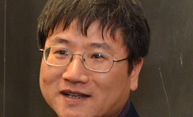
Qiang Lin receives inaugural Leonard Mandel Faculty Fellow Award
Qiang Lin, assistant professor of electrical and computer engineering and of optics, has been named the first Leonard Mandel Faculty Fellow. The award, which includes a two-year, $25,000 stipend, recognizes exceptional achievement by a junior faculty member in coherence and quantum optics.
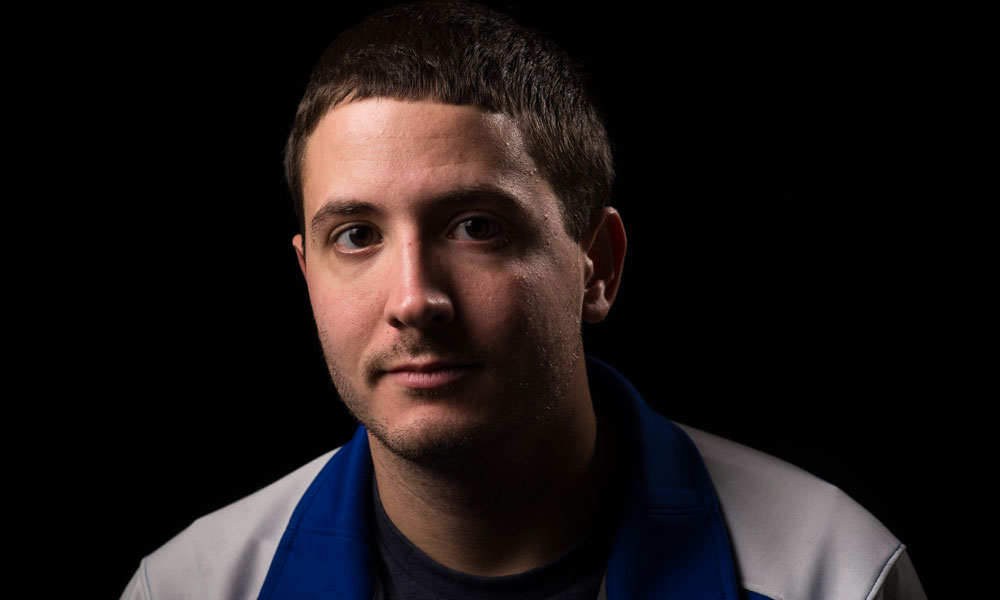
Salute to University’s veterans
Financial economics major Mark Constable ’16 is one of more than 80 military veterans currently enrolled as students at the University. This Veterans Day, we recognize and honor the commitment of our students, faculty, and staff who serve or have served in our nation’s armed services, and share just a few of their stories.
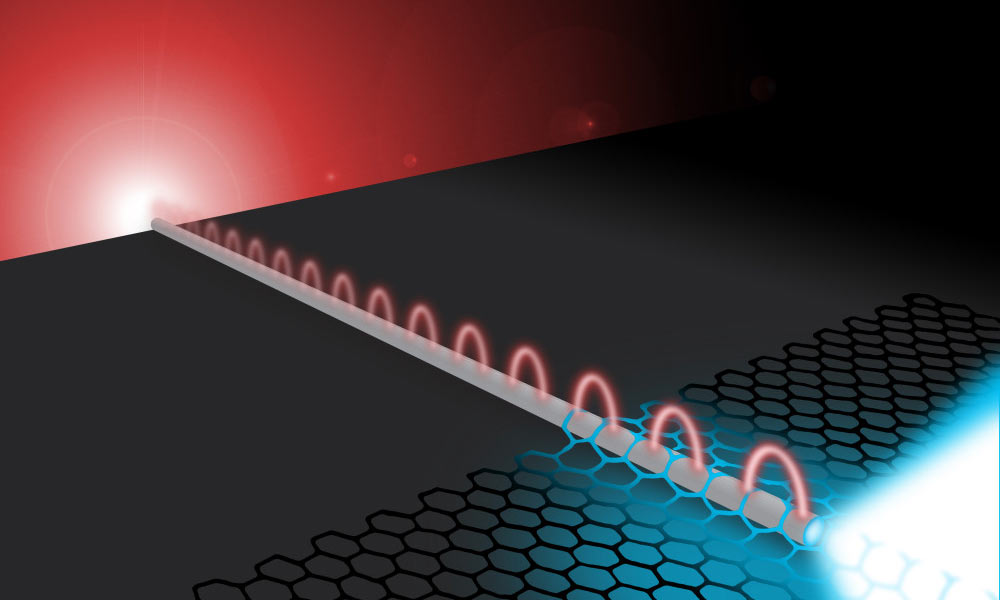
Researchers send electricity, light along same super-thin wire
A new combination of materials can efficiently guide electricity and light along the same tiny wire, a finding that could be a step towards building computer chips capable of transporting digital information at the speed of light.
